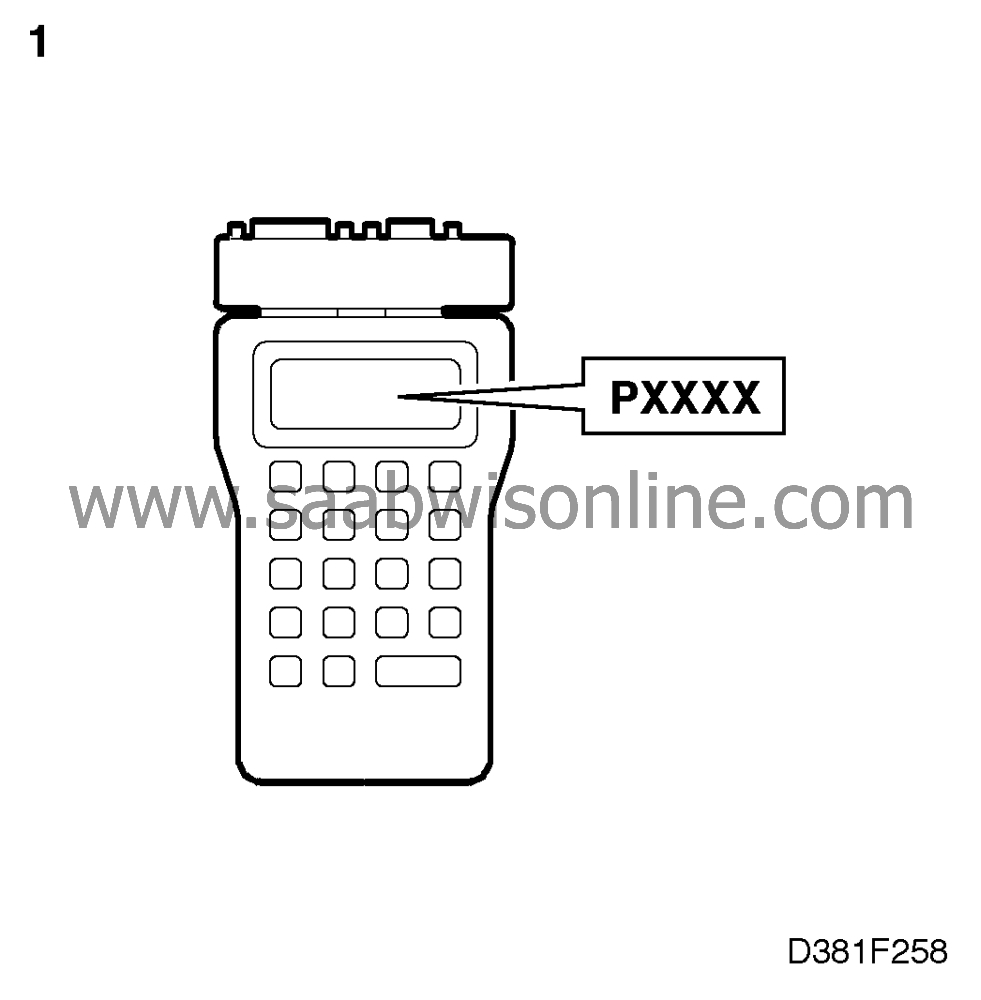Points to remember when diagnosingfaults
|
|
Points to remember when diagnosing
faults
|
|
Important
|
|
Diagnostic trouble codes should only be used for diagnostic purposes. It is by no means
certain that they indicate a defective component.
|
|
|
It is impossible to give any general rules for the procedure to follow when
diagnosing faults in each individual case. Depending on the fault symptoms and other
information available, one method may be best in some situations and another method best in
others.
However, the following points may serve as guidance when diagnosing faults in the
main instrument display panel's control module.
|
1.
|
Always begin by using an ISAT
Scan Tool to read the diagnostic trouble codes, if any. Use the "ALL SYSTEMS" command to
obtain readouts of all diagnostic trouble codes. Make a note of the trouble codes or save them
in the ISAT Scan Tool's internal memory by using the "SAVE FAULT CODES"
command.
Diagnostic trouble codes stored in the internal memory can be retrieved by using the
"RECALL FAULT CODES" command.
Diagnostic trouble codes present:
Continue with "Fault
diagnosis with diagnostic trouble codes".
No diagnostic trouble codes present:
Continue with
"Fault diagnosis, components".
|
|
2.
|
In some fault diagnosis procedures, electric wiring is disconnected or connectors
unplugged while the ignition switch is in the ON position. This can give rise to the generation
of diagnostic trouble codes. Therefore, when the work is finished, always clear any diagnostic
trouble codes that may have been generated. Clear all trouble codes by using the "CLEAR"
command.
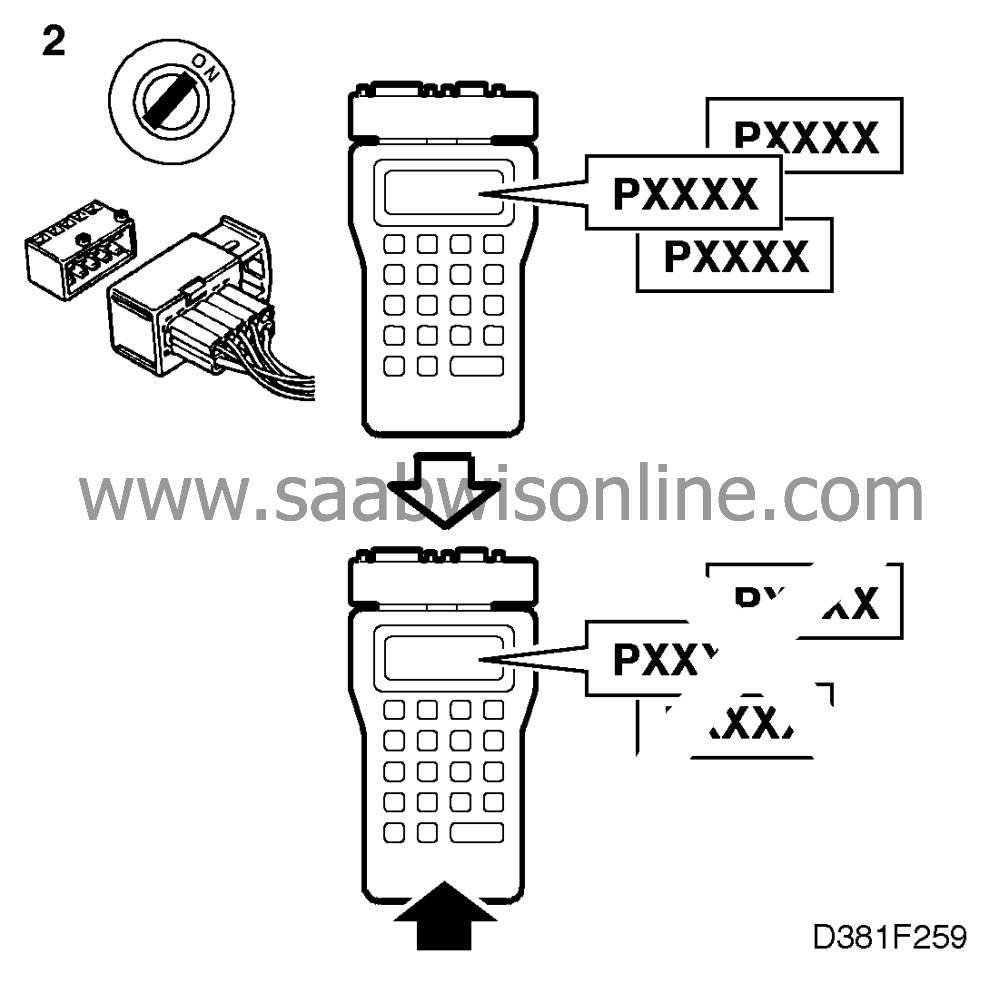
|
|
3.
|
Check fuses 13, 17, 18, 30 and 34.
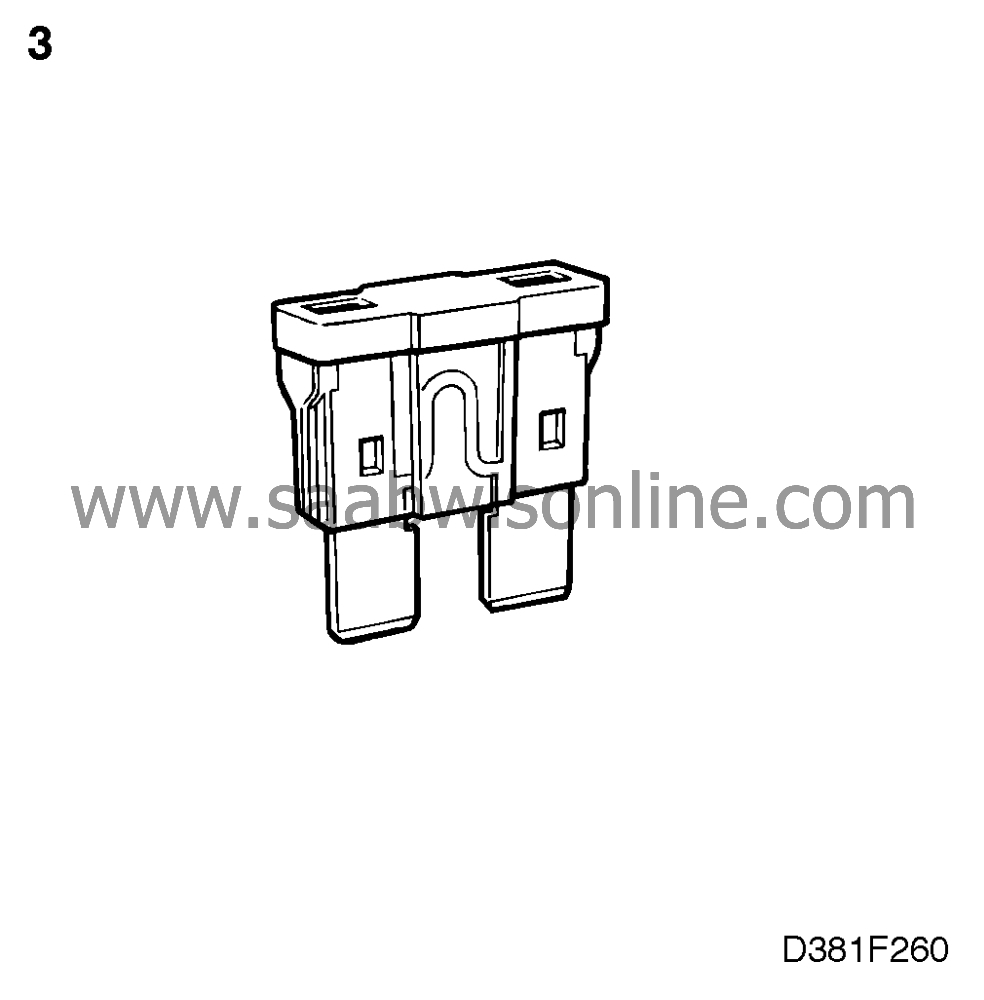
|
|
4.
|
Inspect connectors, particularly for corroded pins, excessive play, pin slide-out,
or anything else that may have an adverse effect on conductivity. If poor electrical contact is
suspected of causing the trouble, always spray KONTAKT 61 contact cleaner (part No. 45-30
04 520) on the female contacts (sockets) in connectors.
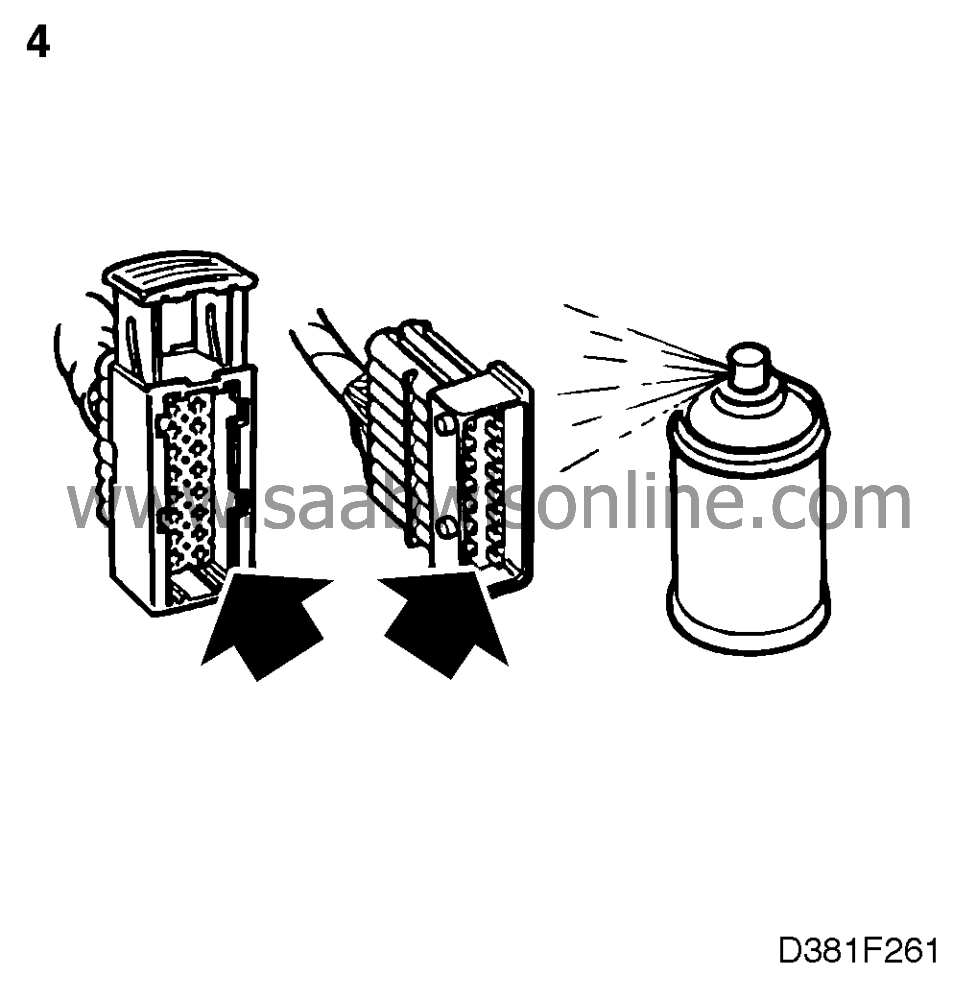
|
|
5.
|
Check whether the CHECK ENGINE lamp (MIL) or any other warning
lamp is on.
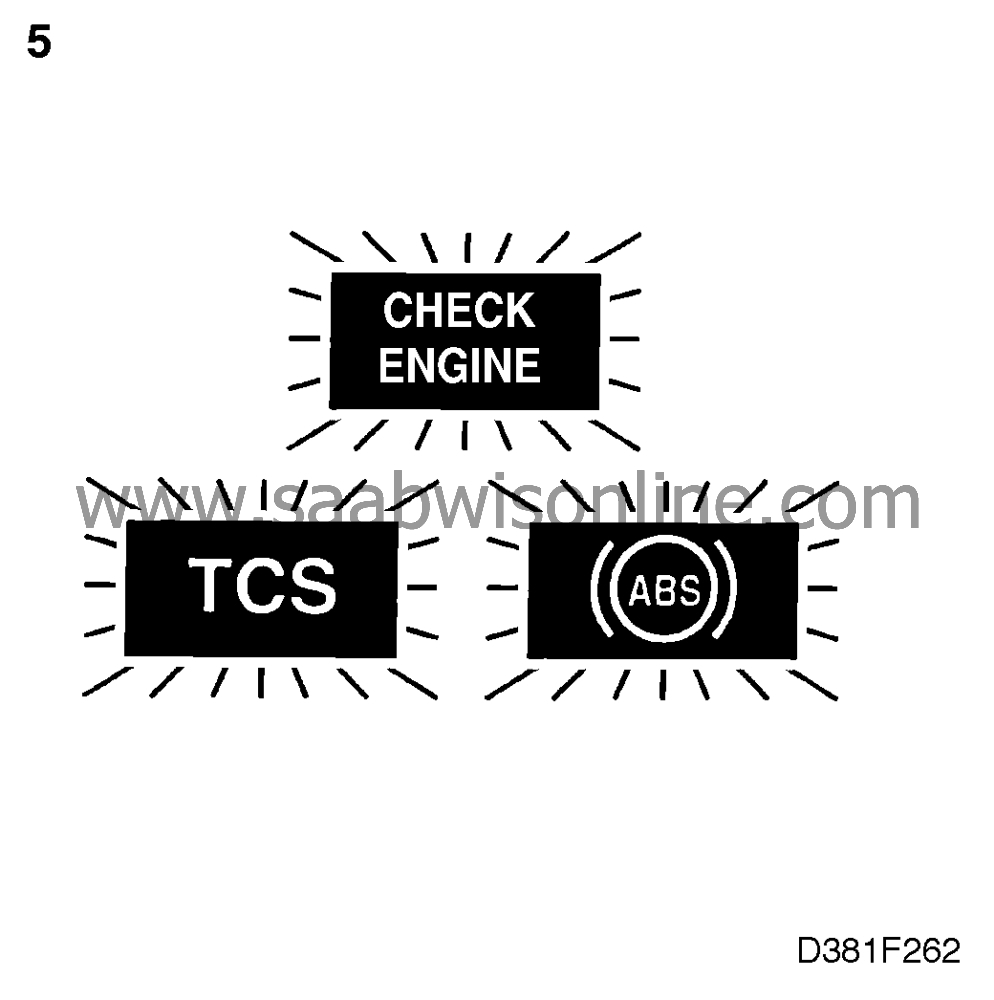
|
|
6.
|
Faults may be either constant or intermittent.
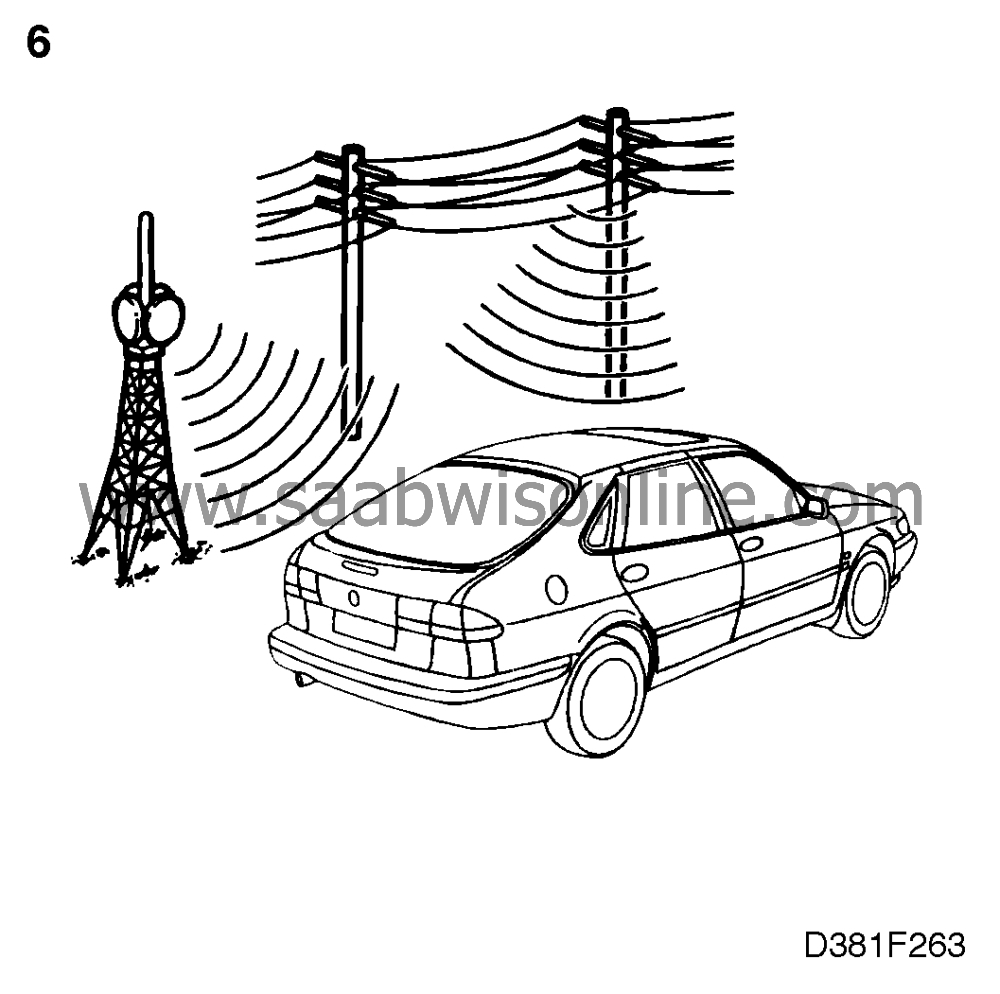
A constant fault displays continuous fault criteria, i.e. the fault exists only under certain
conditions. Examples of such conditions are:
|
|
|
•
|
Defective connectors (see point 4).
|
|
|
•
|
Electromagnetic interference. Such interference may be caused by the
car's own equipment or by some outside source when the car passes places where
powerful transmitters are located, such as airports, radio and TV masts, and high-tension
cables.
|
|
|
•
|
Defective components. Poor contact in relays, solenoids, etc. can give rise to
interference through sparking and arcing.
Intermittent faults call for careful analysis to avoid the replacement of
components that are in perfect working order,
|
|
7.
|
In general, the following rules are applicable:
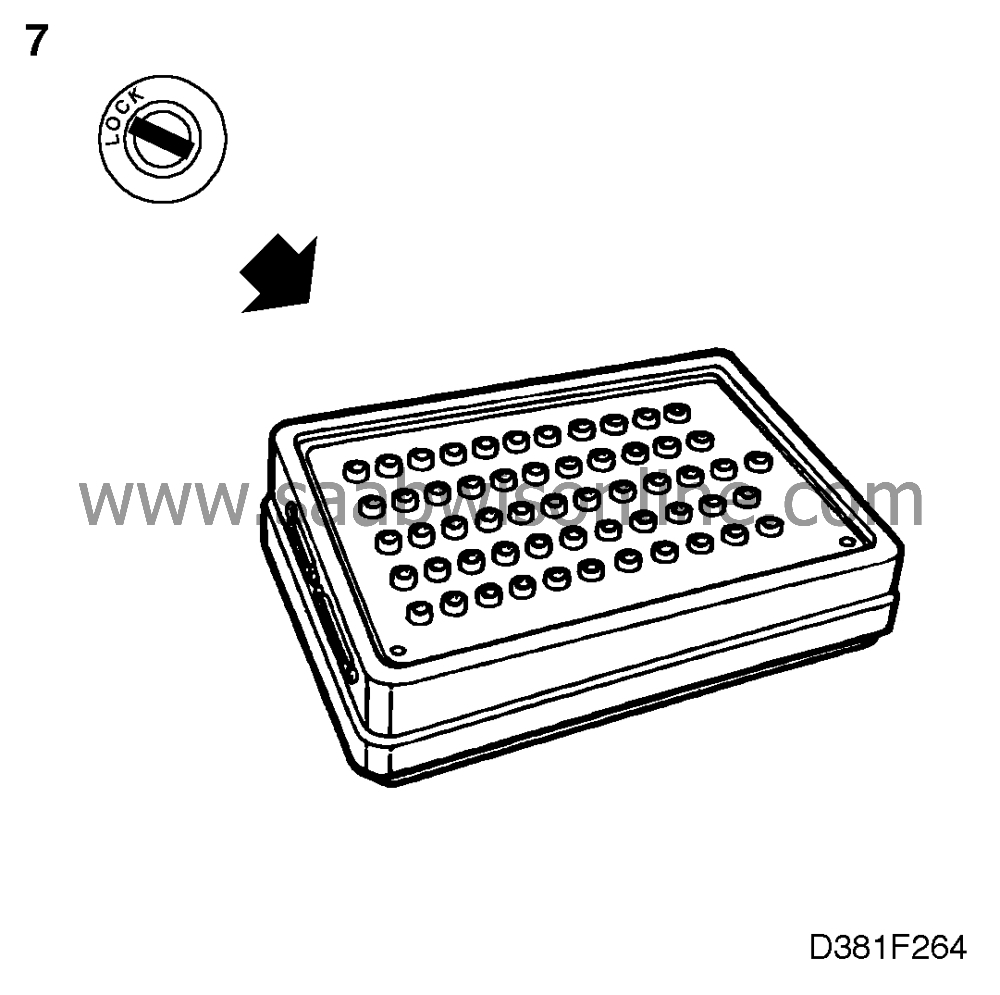
|
|
|
•
|
Before connecting a BOB, make sure that the ignition
switch is in the OFF position.
|
|
|
•
|
When unplugging connectors, make sure that the ignition switch is in the OFF
position.
|
|
|
•
|
When carrying out resistance measurements, make sure that the
ignition switch is in the OFF position.
|
|
8.
|
Measuring the resistance of solenoids and relays. Nominal resistance is
specified at 20øC (68øF). The resistance of the windings is temperature-
dependent to a high degree and increases with rising temperature.

Exercise caution when judging the results of such resistance measurements.
|
|
9.
|
The strategy for fault diagnosis, with or without diagnostic trouble codes, is
based on the occurrence of only one fault, the primary fault. However, this fault may in its turn
generate other faults, consequential faults. Once the primary fault is rectified, the symptoms of
the consequential faults will disappear. The probability of two independent faults occurring at
the same time is judged to be slight and such a situation is not covered in this
manual.
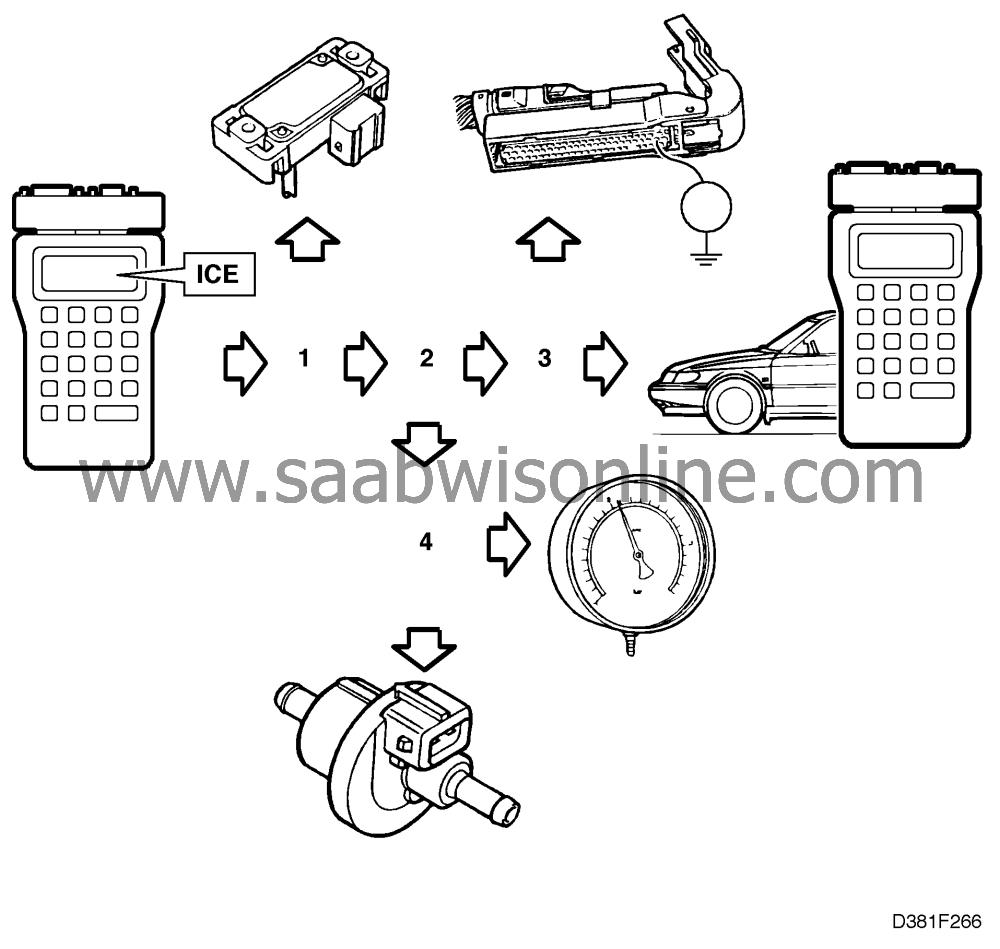
|
|
10.
|
When you have finished fault diagnosis, with or without diagnostic trouble codes,
and taken the necessary remedial measures, always check that the diagnostic trouble codes
and/or fault symptoms no longer occur.
|





